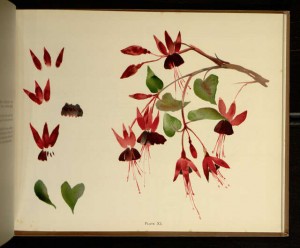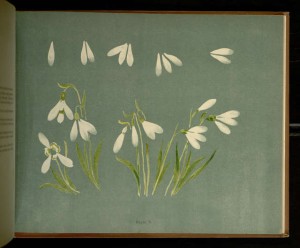Historic Catholic Parish Partners with Digital Library
By Alice Bampton
On June 19 the Reverend Edward Brady, pastor of St. Anne Parish, Phila., signed an agreement with Villanova University’s Falvey Memorial Library to digitize and add to its Digital Library historical items including a cemetery register, a photograph album and two parish histories. University Librarian Joe Lucia signed for the Library. This agreement became the Digital Library’s 15th institutional partnership.
Russell W. Wylie, Thomas J. Lyons II and Louis N. Ferraro of the St. Anne Historical Committee attended the signing, as did Michael Foight, Special Collections and Digital Library coordinator, and Scholarly Outreach Librarian Darren G. Poley, a member of the Digital Library team. Poley was instrumental in arranging the partnership and the signing of the agreement, commenting that this is part of his “role as outreach librarian for Falvey.”
Founded in Kensington/Port Richmond in 1845, the parish is one of the oldest in the Archdiocese of Philadelphia. The cornerstone of the original church was laid on July 4, 1845. That church was replaced in 1870. Two cemeteries are adjacent to the church, which stands at the intersection of East Lehigh Avenue and Memphis Street. Two church histories to be digitized are A History of St. Anne’s Church, Philadelphia and St. Anne’s Church Philadelphia: One Hundred Years 1845 – 1945. (more…)



 Diane Biunno, a graduate student in Drexel University’s
Diane Biunno, a graduate student in Drexel University’s 
